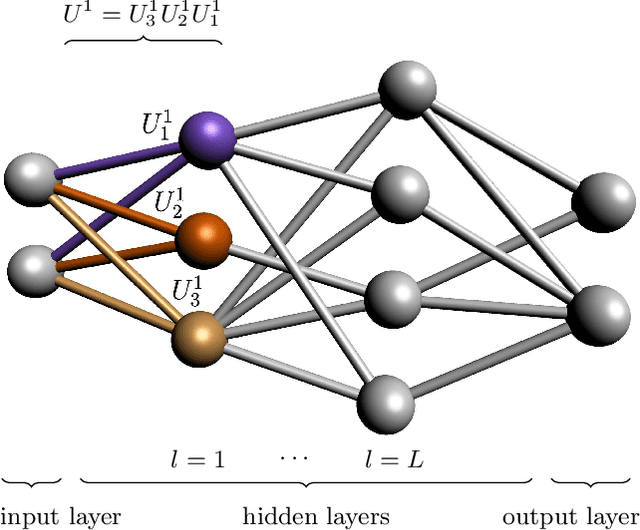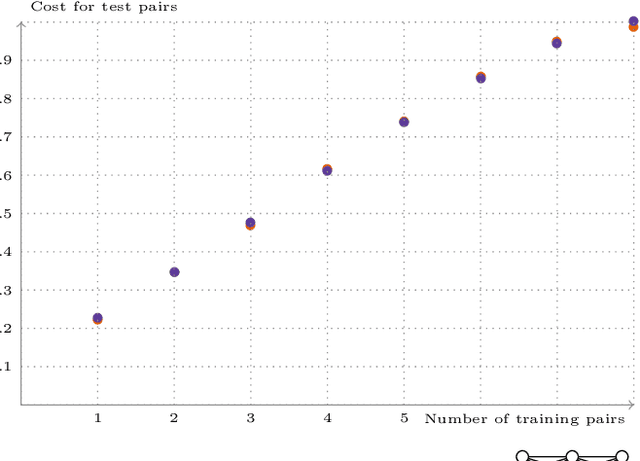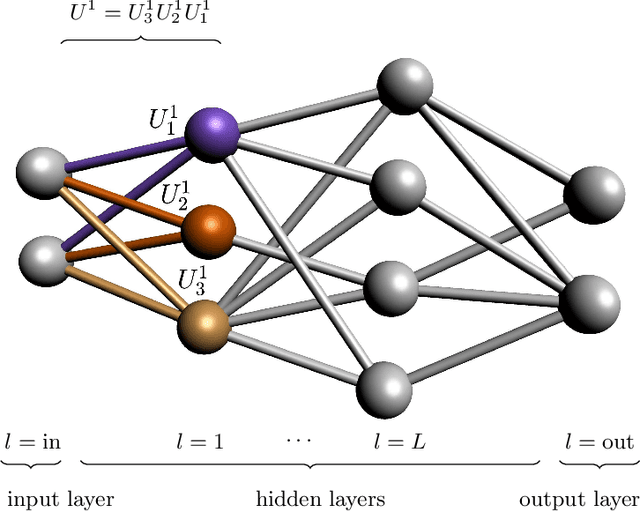Tobias J. Osborne
Model-free reinforcement learning with noisy actions for automated experimental control in optics
May 24, 2024



Abstract:Experimental control involves a lot of manual effort with non-trivial decisions for precise adjustments. Here, we study the automatic experimental alignment for coupling laser light into an optical fiber using reinforcement learning (RL). We face several real-world challenges, such as time-consuming training, partial observability, and noisy actions due to imprecision in the mirror steering motors. We show that we can overcome these challenges: To save time, we use a virtual testbed to tune our environment for dealing with partial observability and use relatively sample-efficient model-free RL algorithms like Soft Actor-Critic (SAC) or Truncated Quantile Critics (TQC). Furthermore, by fully training on the experiment, the agent learns directly to handle the noise present. In our extensive experimentation, we show that we are able to achieve 90% coupling, showcasing the effectiveness of our proposed approaches. We reach this efficiency, which is comparable to that of a human expert, without additional feedback loops despite the motors' inaccuracies. Our result is an example of the readiness of RL for real-world tasks. We consider RL a promising tool for reducing the workload in labs.
Efficient Learning for Deep Quantum Neural Networks
Feb 27, 2019



Abstract:Neural networks enjoy widespread success in both research and industry and, with the imminent advent of quantum technology, it is now a crucial challenge to design quantum neural networks for fully quantum learning tasks. Here we propose the use of quantum neurons as a building block for quantum feed-forward neural networks capable of universal quantum computation. We describe the efficient training of these networks using the fidelity as a cost function and provide both classical and efficient quantum implementations. Our method allows for fast optimisation with reduced memory requirements: the number of qudits required scales with only the width, allowing the optimisation of deep networks. We benchmark our proposal for the quantum task of learning an unknown unitary and find remarkable generalisation behaviour and a striking robustness to noisy training data.
 Add to Chrome
Add to Chrome Add to Firefox
Add to Firefox Add to Edge
Add to Edge